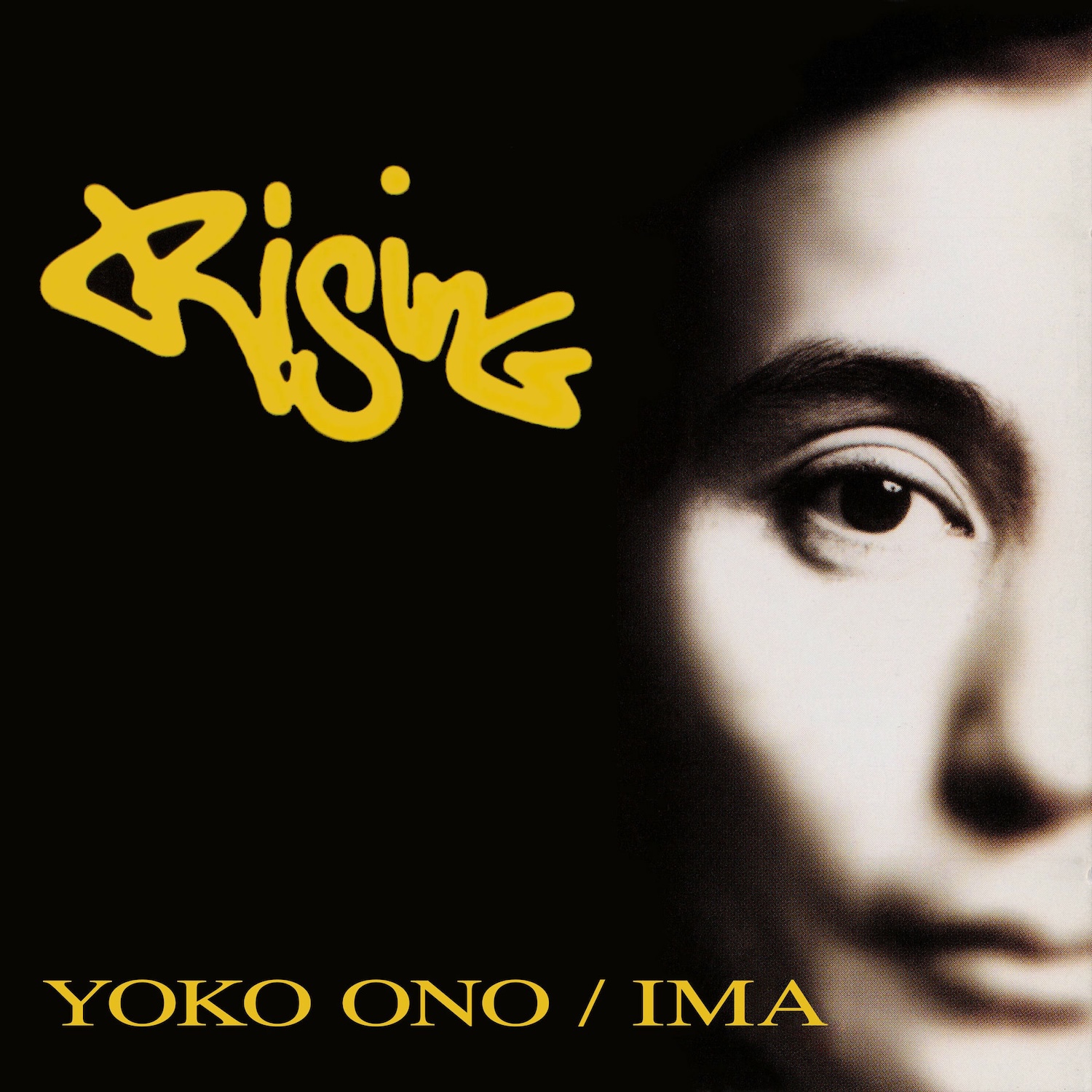Kennedy Caughell and Maya Drake appear during a performance of the North American Tour of *Hell’s Kitchen*, a musical from Alicia Keys. (Marc J Franklin via AP)
—
**FILE —** Singer Alicia Keys appears at the curtain call on the opening night of her Broadway musical *Hell’s Kitchen* at the Shubert Theatre in New York on April 20, 2024. (Photo by CJ Rivera/Invision/AP, File)
—
Maya Drake appears during a performance of the North American Tour of *Hell’s Kitchen*, a musical from Alicia Keys. (Marc J Franklin via AP)
—
Kennedy Caughell and Maya Drake appear during a performance of the North American Tour of *Hell’s Kitchen*, a musical from Alicia Keys. (Marc J Franklin via AP)
—
**NEW YORK** — Alicia Keys’ semi-autobiographical, coming-of-age Broadway musical is all grown up and leaving the nest. And, like any proud creator, Keys may visit it every once in a while as it embarks on a national tour.
A new *Hell’s Kitchen* cast has assembled in Cleveland for a national tour that will take them across the South, Midwest, and West on a 28-city journey through 2026.
“It feels so good to know that it’s going to go across the country and this cast, let me tell you, is out of control. They’re so good,” Keys says. “Obviously, everybody can’t get to New York City. Everybody can’t go to Broadway.”
Those who catch the musical on the road may also get an extra treat. Keys says she’s liable to appear unexpectedly at some stops as a fairy godmother alongside the cast.
“I love, as an artist, bringing my energy to other artists. That’s really a fulfilling feeling. So, I’ll be fairy godmothering. You never know where you’ll see me,” she adds.
### A Coming-of-Age Story
*Hell’s Kitchen* tells the story of Ali, a 17-year-old New York piano prodigy, fueled by iconic Alicia Keys songs like “Fallin’,” “No One,” “Girl on Fire,” “If I Ain’t Got You,” as well as new originals including “Kaleidoscope.”
The musical centers on Ali, who—like Keys—is the daughter of a white mother and a Black father, growing up in subsidized housing just outside Times Square, in the once-rough neighborhood called Hell’s Kitchen.
Ali’s journey follows her honing her musical talents, experiencing first love, and reconciling with her sometimes overbearing mother.
Keys hopes audiences will be drawn not only to her music and story but also to the musical’s diverse cast.
“It’s really exciting to be able to go somewhere and see yourself on the stage or to see your experience played out,” Keys says.
### Meet Maya Drake: Ali on Tour
The role of Ali on tour is played by 18-year-old Maya Drake, a recent high school graduate from San Jose, California, who underwent a long and rigorous audition process.
Drake was a fan of Alicia Keys long before she auditioned for *Hell’s Kitchen* and cherishes the opportunity to perform the artist’s music.
“The fact that I get to be in a show with somebody else’s music and, of all the people, it gets to be her — I got so lucky with that,” says Drake. “Just to have that connection is so special, and it makes the show feel 10 times more enjoyable.”
As part of her audition process, Drake traveled to New York to watch the Broadway production starring Jade Milan as Ali.
“It’s a lot seeing it for the first time and she never leaves the stage,” Drake recalls. “To be a part of something that big would just be crazy.”
After the tour cast was announced, the performers were invited onstage at the Shubert Theatre to cheers following a performance. Drake met and spoke with veterans like Jessica Vosk and Tony Award winner Kecia Lewis.
“That was a really special moment,” Drake says. “Sharing advice and getting insight from the people that are currently doing the show helped us understand what you’re about to get into and some things that can help.”
### Life on the Road
Following the Cleveland opening, the tour visits Pittsburgh, Chicago, Detroit, New Orleans, Atlanta, Cincinnati, Denver, Oklahoma City, Los Angeles, Salt Lake City, Las Vegas, San Diego, and other cities.
Drake is especially looking forward to performing in California, particularly the San Francisco stop, which is the closest to her hometown of San Jose.
She is also excited about the traveling experience itself.
“I really have not traveled a bunch of my life, which is kind of ironic because I’m about to do a lot of traveling,” Drake says. She trained at the Children’s Musical Theater San Jose and is eager to explore new places.
Keys, who celebrated the show’s success with two Tony Awards and the 2025 Grammy for Best Musical Theater Album, believes *Hell’s Kitchen*’s story transcends its New York roots.
“This is a story inspired by my experiences growing up in New York City, for sure. And, yes, it is a New York story, 1,000%. The thing is, though, the story truly is timeless,” Keys says.
“It’s such an emotional, honest, raw, authentic story that it doesn’t matter if it’s in Cleveland, or if it’s in Detroit, or if it’s in Manhattan or Atlanta.”
—
*Hell’s Kitchen: Behind the Dream*, a photo-heavy book documenting the show’s 13-year evolution—from development with book writer Kristoffer Diaz and director Michael Greif to costuming, casting, choreography, and staging—also coincides with the tour.
—
**Stay informed and connected — subscribe to The Philadelphia Tribune NOW!**
—
*Please keep comments respectful:*
– Avoid obscene, vulgar, lewd, racist, or sexually-oriented language
– Do not threaten or harm others
– Be truthful and kind
– Use the ‘Report’ link for abusive posts
– Share eyewitness accounts or background stories
—
*Misty Copeland broke barriers as the first Black female principal dancer with American Ballet Theatre. Now, through her nonprofit, she’s making dance more accessible for children of color.*
https://www.phillytrib.com/lifestyle/alicia-keys-may-pop-up-when-the-national-tour-of-her-musical-hells-kitchen-comes/article_6b7595c9-2a39-4903-873f-c88db96d3c29.html
